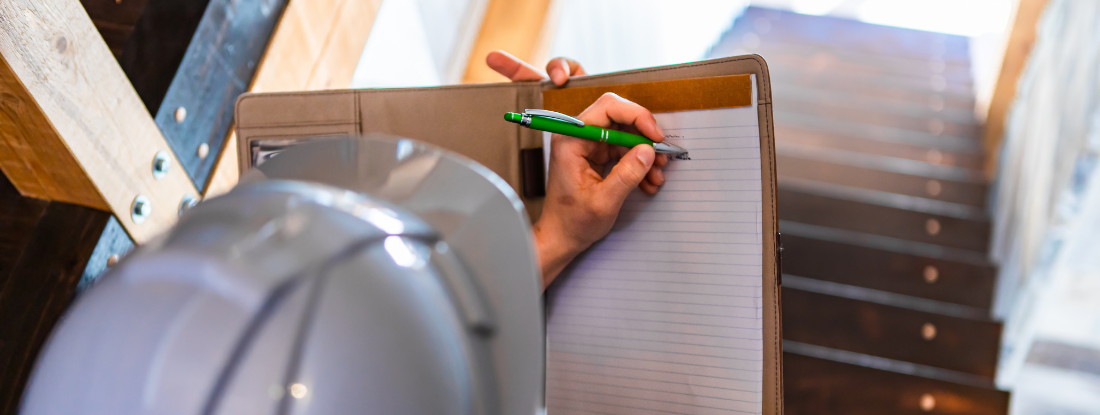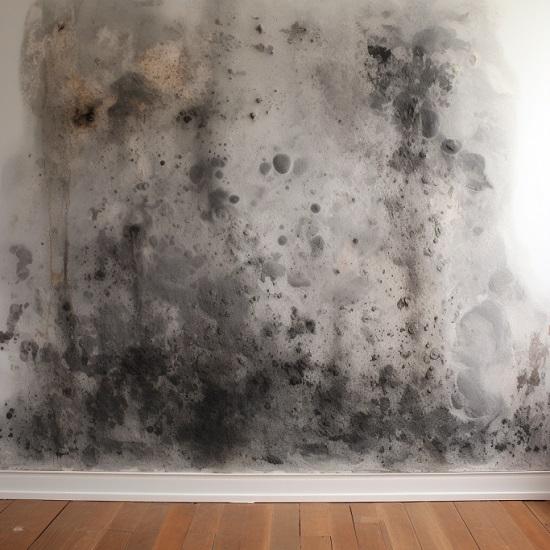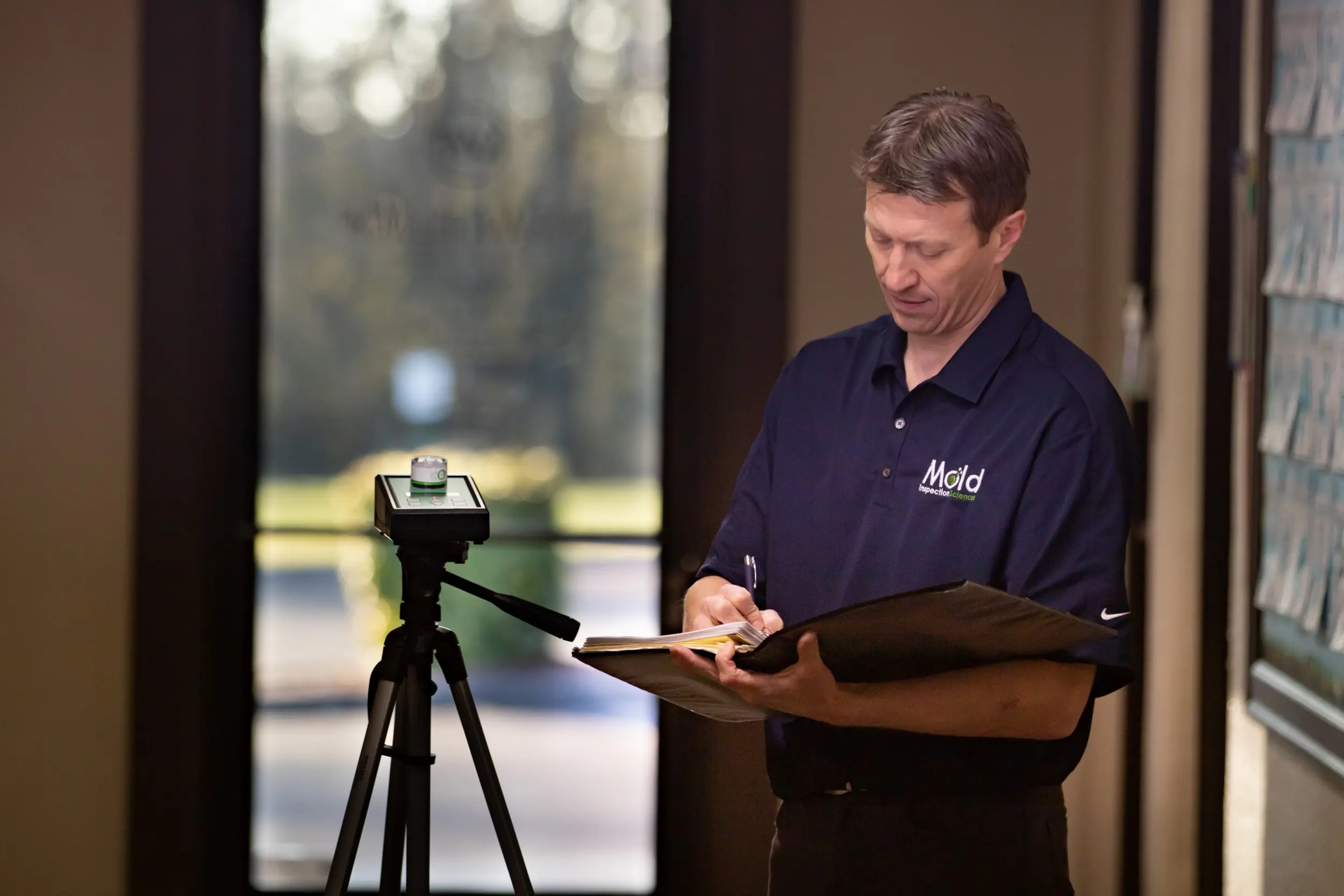Crafting a Detailed Post Mold Remediation Report
Crafting a Detailed Post Mold Remediation Report
Blog Article
Your Ultimate Guide to Article Mold Remediation Techniques
Navigating the world of post-mold removal strategies is a meticulous procedure that demands attention to information and an extensive understanding of the ins and outs entailed. In the aftermath of mold problem, knowing exactly how to efficiently eliminate the mold and mildew and avoid its reoccurrence is vital for maintaining a healthy interior atmosphere. From choosing the appropriate cleansing and sanitizing techniques to executing methods for lasting mold prevention, each action in the removal trip plays a critical duty in making certain a successful outcome. As we embark on this exploration of post-mold remediation techniques, we will certainly reveal the key methods and ideal methods that can aid you restore your space to its pre-mold problem and guard it against future mold hazards.
Comprehending Post-Mold Removal Refine
After finishing the mold and mildew remediation process, it is crucial to comprehend the post-mold remediation techniques that are essential to ensure a effective and extensive cleaning. As soon as the mold has been eliminated, the next action includes cleaning and decontaminating the affected areas to avoid any kind of regrowth of mold. This includes utilizing specialized cleaning agents to wipe down surfaces and eliminate any kind of continuing to be mold spores. It is important to dry the location entirely to dissuade the development of mold in the future (After mold remediation). Appropriate air flow and dehumidification can aid in this process.
Furthermore, carrying out a last assessment post-remediation is crucial to ensure that all mold has been effectively eliminated. If the evaluation exposes any kind of sticking around mold, additional removal might be necessary.
Reliable Cleaning Up and Disinfecting Methods

Preventing Future Mold And Mildew Growth

Relevance of Correct Ventilation
Appropriate air flow plays a critical duty in avoiding moisture build-up, a crucial variable in mold growth within interior atmospheres. Efficient air flow systems help get rid of excess humidity from the air, minimizing the possibilities of mold and mildew spores locating the dampness they need to germinate and spread out. Without adequate air flow, interior rooms can end up being a breeding ground for mold and mildew, resulting in potential wellness dangers and structural damage.
By making certain proper air blood circulation, air flow systems can likewise help in drying moist locations quicker after water damage or flooding occurrences, even more hindering mold and mildew growth. Post Mold Remediation. Precede like bathrooms, attics, kitchen areas, and basements where moisture degrees tend to be greater, mounting and preserving reliable ventilation systems is crucial in stopping mold and you could try this out mildew infestations

Monitoring and Upkeep Tips
Given the essential duty that appropriate air flow plays in avoiding mold growth, it is essential to establish efficient monitoring and maintenance tips to guarantee the ongoing capability of air flow systems. Tracking humidity degrees within the building is also critical, as high humidity can add to mold and mildew growth. By staying positive and mindful to the problem of ventilation systems, residential property owners can successfully alleviate the risk of mold and mildew regrowth and maintain a healthy and balanced indoor environment.
Final Thought
To conclude, post-mold remediation techniques are important for making certain a clean and safe setting. Comprehending the process, carrying out reliable cleaning and decontaminating techniques, avoiding future mold development, maintaining proper air flow, and normal monitoring are all important actions in the removal process. By adhering to these standards, you can effectively eliminate mold and mildew and avoid its return, functioning or advertising a healthy and balanced living room for all passengers.
In the after-effects of mold and mildew infestation, understanding exactly how to effectively remove the mold and mildew and avoid its reoccurrence is vital for maintaining a healthy indoor atmosphere. As soon as the mold and mildew has been removed, the following step includes cleansing and disinfecting the impacted areas to prevent any kind of regrowth of mold - After mold remediation. After removing visible mold growth, it is important to cleanse all surface areas in the damaged area to remove any kind of continuing to be mold and mildew spores. To additionally enhance mold avoidance measures, it is essential to address underlying concerns that initially led to mold and mildew advancement.Provided the vital role that appropriate air flow plays in avoiding mold and mildew development, it is necessary to develop efficient surveillance and upkeep pointers to ensure the ongoing performance of ventilation systems
Report this page